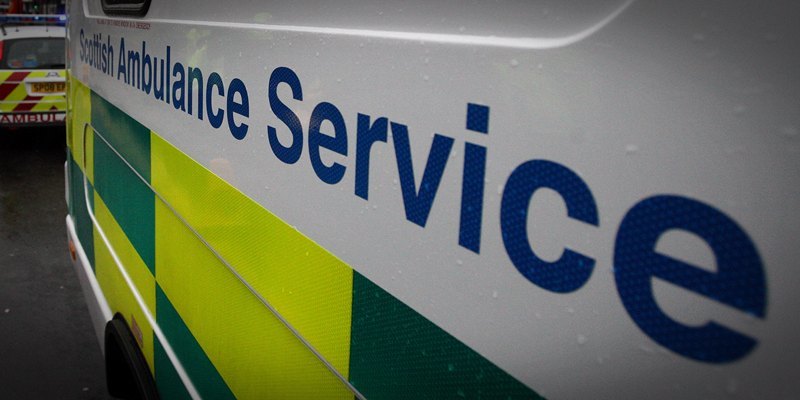Ambulance crews in Tayside and Fife have been assaulted more than 50 times in the past three years figures described as both “shocking” and “unacceptable”.
Figures obtained by The Courier under freedom of information legislation show that between 2008 and 2010 ambulance staff in Tayside were subject to 30 incidents, with a further 22 in Fife.
More worrying is the steady increase shown in the figures, with the number of reports doubling from seven to 14 in Tayside during this period.
While not as severe, figures in Fife also show a continual increase over the three-year sample.
A further 18 incidents were reported in the Forth Valley area, which completes the east central division of the Scottish Ambulance Service.
Dundee councillor Ken Lynn, a member of Tayside NHS Board, voiced his anger and called for the legal system to severely punish those who attack people conducting lifesaving work.
“It’s difficult to comprehend the circumstances as to why anybody would want to attack ambulance crew,” he said.
Mr Lynn dismissed the idea ambulance staff suffer from a lack of respect from members of the public, and believes alcohol will have played a major role in many of the incidents.
Fife councillor Andrew Rodger, a long-time health campaigner in the region, also voiced his anger at the statistics and agreed that it is likely alcohol has played a part in the majority of reported incidents.
“These are the people who are coming out to help those suffering with health problems. I think it’s shocking that they should find themselves put in that position.
“People who commit these offences are usually full of remorse after they’ve sobered up, but that is not good enough for the person who has been assaulted.”
The Scottish Ambulance Service has reacted strongly to the figures, claiming threats and abuse are a daily occurrence for its staff.
Citing alcohol as a crucial factor in most incidents, a spokesman for the service said, “Our crews undertake a difficult and challenging job in what are often extreme situations and deserve respect.
“They are subjected to verbal abuse from the public on an almost daily basis and are also on the end of physical assaults that range from pushing and punching to spitting and attack with a variety of weapons.
“It is difficult to understand what motivates someone to assault ambulance crews, but alcohol is a key factor in most of these incidents.”
